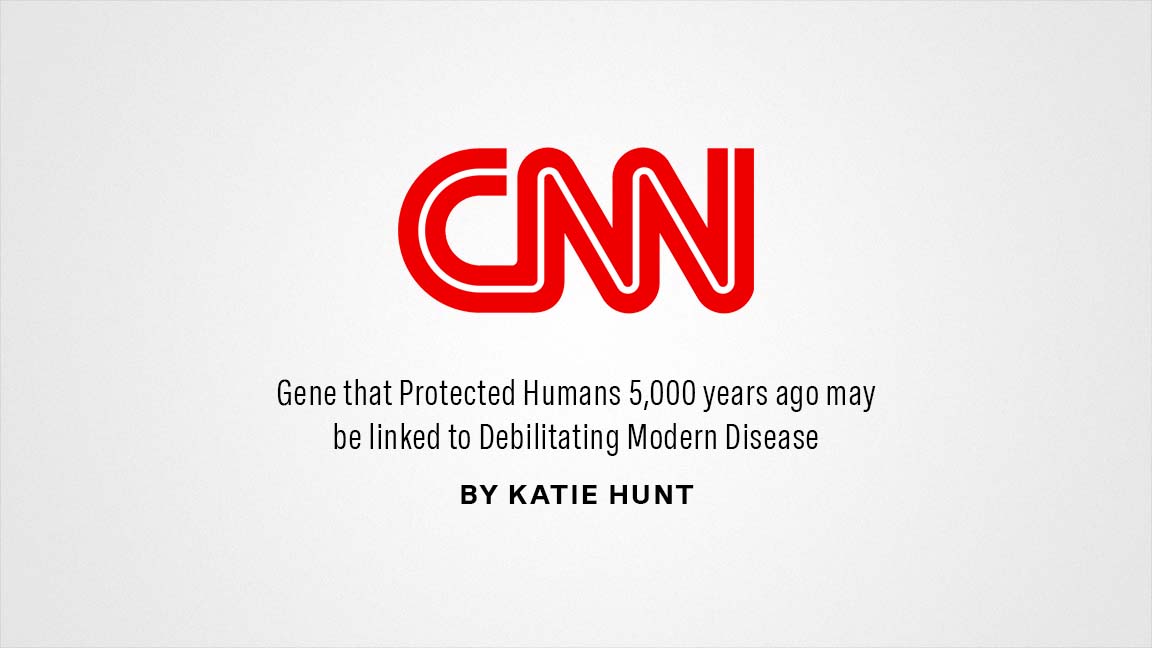5,000 Ancient Genomes.
THE HUMAN RACE
Researchers have created the world’s largest ancient human gene bank by analysing the bones and teeth of almost 5,000 humans who lived across western Europe and Asia up to 34,000 years ago. By sequencing ancient human DNA and comparing it to modern-day samples, the international team of experts mapped the historical spread of genes – and diseases – over time as populations migrated.
The ‘astounding’ results have been revealed in four trailblazing papers published today in the journal Nature and provide new biological understanding of debilitating disorders.
The study involved a large international team led by Professor Eske Willerslev at the Universities of Cambridge and Copenhagen, Professor Thomas Werge at the University of Copenhagen, and Professor Rasmus Nielsen at University of California, Berkeley, with contributions from 175 researchers from around the globe. Future analysis is hoped to reveal more about the genetic markers of autism, ADHD, schizophrenia, bipolar disorder, and depression.










